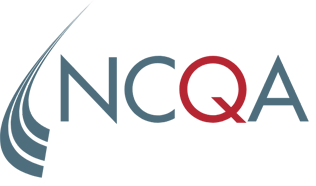New digital measures can deliver significantly better value and be more relevant because they make use of increasingly more structured clinical data. There are multiple ways to source clinical data and they come from various sources. With the advancement of interoperability, most significantly the FHIR® standard, collection of data from various data sources will become less burdensome while the uniformity of the data will lead to better measure results and insights.
Who Is Involved in Leveraging Standardized Clinical Data?
- Your own interoperability and clinical data teams
- Data and interoperability vendors
- Data sources (care delivery systems, EMR vendors)
- Aggregators (HIEs)
- Registries
How to Access Clinical Data via FHIR
A common thread in engaging with stakeholders around clinical data enablement is FHIR. Interoperability teams need to work with a shared understanding of the 21st Century Cures Act provisions in Title IV, which mandate that clinical data needs to be accessible with ‘No Special Effort.’ ASTP and CMS rules further define the implementation of FHIR APIs, data elements via USCDI and more.
Data quality is another key aspect. Standard best practices are expected to evolve as the digital quality transition progresses.
Enabling Digital Quality with FHIR
Not all clinical data will be available in the FHIR format right away. During the transition to digital quality, significant amounts of data will only be available in other formats. It’s important to engage with interoperability and data management teams to determine an approach and available options for transitioning data to a FHIR format.
Data Sources for Digital Quality Measures (dQM)
While administrative data sources remain important for HEDIS – and they need to be converted to FHIR for digital quality, additional data sources are important to meet the needs for clinical data as existing measures evolve and new measures become available.
As a general guideline, data sources defined as allowable by ECDS will become the standard as supplemental data and chart reviews are reduced during the transition to digital quality. The following graphic shows data sources relevant to digital quality:

These sources (and measure design for dQMs) also consider the need for leveraging clinical data that is being generated from routine workflows in the course of delivering care to patients. The data is not (and should not be) use-case specific to digital quality measurement and can be used to support other use cases, like public health and patient care. Such broader useability of structured clinical data is key to getting maximum value from clinical data in the future.





